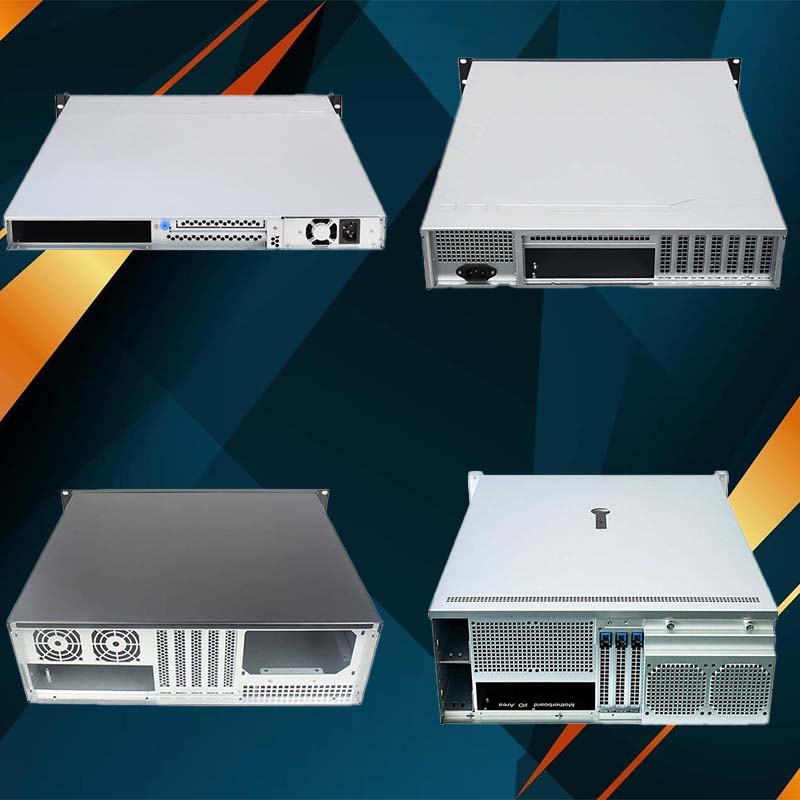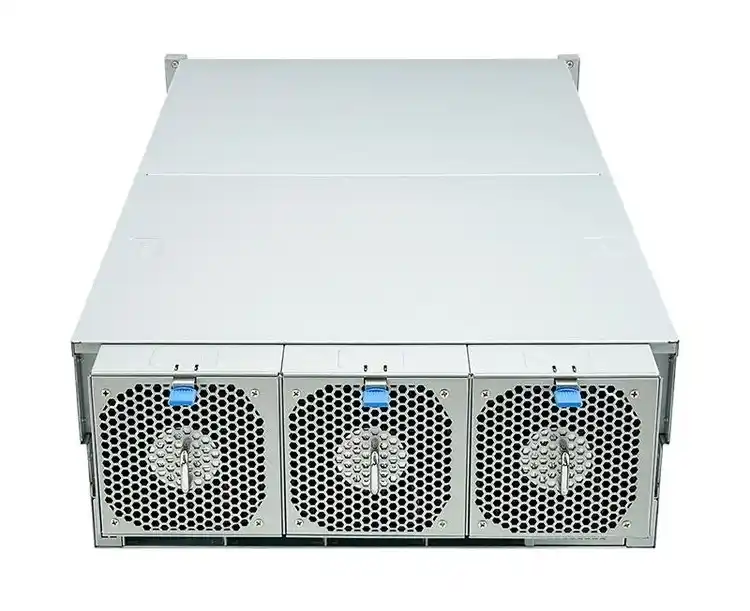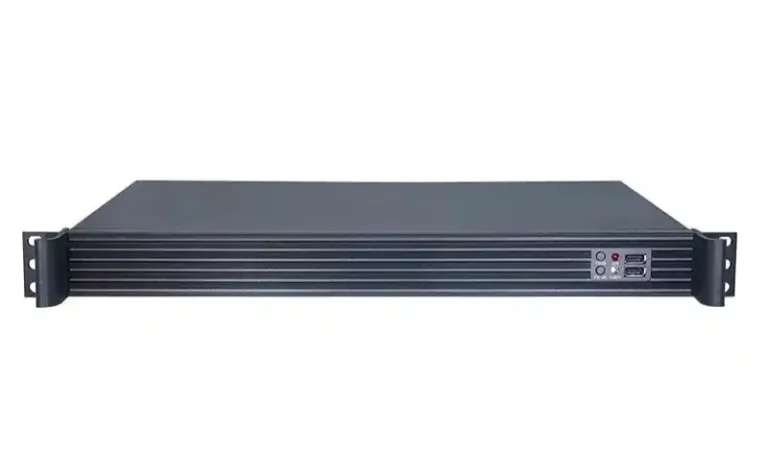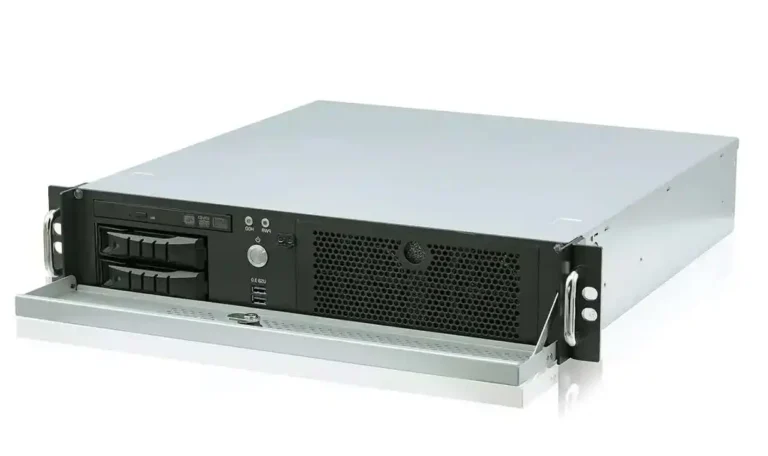You’re shopping OEM/ODM, the quote lands, and boom—High MOQ. Annoying? Yep. Always bad? Not really. Here’s a straight-talk guide (with tables, real scenarios, and plain English) to decide when a big starting quantity actually makes business sense—and how to avoid it when you don’t need it.
High-MOQ server enclosure OEM
High MOQ (minimum order quantity) pops up when you ask for custom sheet-metal, special powder coat, front-panel cutouts, brand silk-screen, or a new airflow layout. It’s not some random blocker; it’s how factories amortize changeover, fixture/tooling, and batch processes like powder, anodizing, and EMI gaskets. BOM parts (fans, PEM fasteners, rail kits) also come in case-pack quantities, so they push volume up too.
But you’ve got options. If you’re flexible on structure and lock custom to “face + finish,” you can keep MOQ sane. If you’re shipping to a data center with strict spec (shock, RU depth, cable management, MTBF targets), a higher MOQ may actually be cheaper per unit long-run—even if it stings day one.
Quick takeaways
- Go semi-custom first (front panel, color, logo). Save full re-engineer for Gen-2.
- Reuse stock modules: rails, fan trays, dust filters, standard cage nuts.
- Split POs into staged drops; keep the production line warm but your cashflow chill.
- Don’t over-optimize numbers you can’t hold. Better hit a stable EAU than a risky one-time buy.
Rackmount Case
If your stack fits standard depths, a stock Rackmount Case trims MOQ fast. You get proven airflow paths, standard RU heights, and off-the-shelf rails. That means less NPI risk and fewer surprises in burn-in.
Where High MOQ still shows up
- Unique bezel geometry for branding
- Non-standard PSU orientation
- Odd GPU or NIC clearance
- Custom paint that isn’t on the standard color card
Where you dodge it
- Keep chassis skeleton stock; tweak only the faceplate
- Use standard rail kits and cable bars
- Lock to standard fan form-factors (80/92/120 mm)
1U Rackmount Case
A slim 1U Rackmount Case is unforgiving: every hole matters, airflow is tight, and noise targets get spicy. MOQ climbs when you deviate from the proven ducting.
Best for
- Edge nodes, network appliances, security boxes, compact AI inferencing
- Keywords you might be targeting: server rack pc case, server pc case
Tip
- Keep the fan wall and rear I/O standard; customize the front (logo + ports) to cut MOQ without hurting thermals. Honestly, don’t fight the airflow; it will fight back.
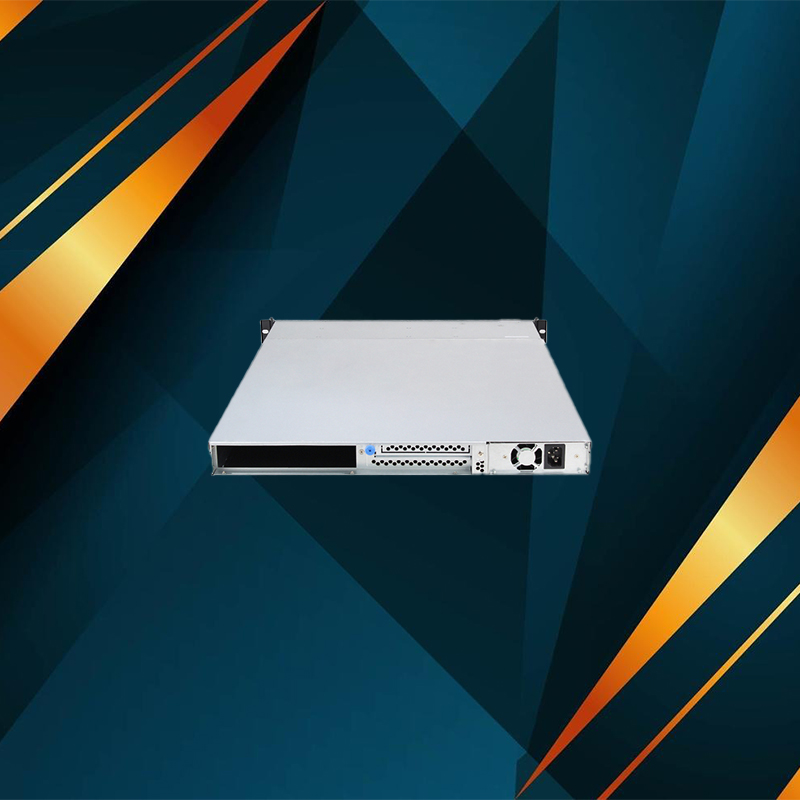
2U Rackmount Case
The 2U Rackmount Case is the sweet spot for small clusters and mixed I/O. There’s room for bigger heat sinks, proper cable drag relief, and cleaner PSU choices.
Why MOQ can be lower than 1U
- More internal space = easier DFM (Design for Manufacturability)
- Standardized bracketry and fan trays can stay stock while you brand the front
Use cases
- Hyperconverged nodes, light GPU workloads, storage + compute combos
- Great for computer case server builds that want room to breathe
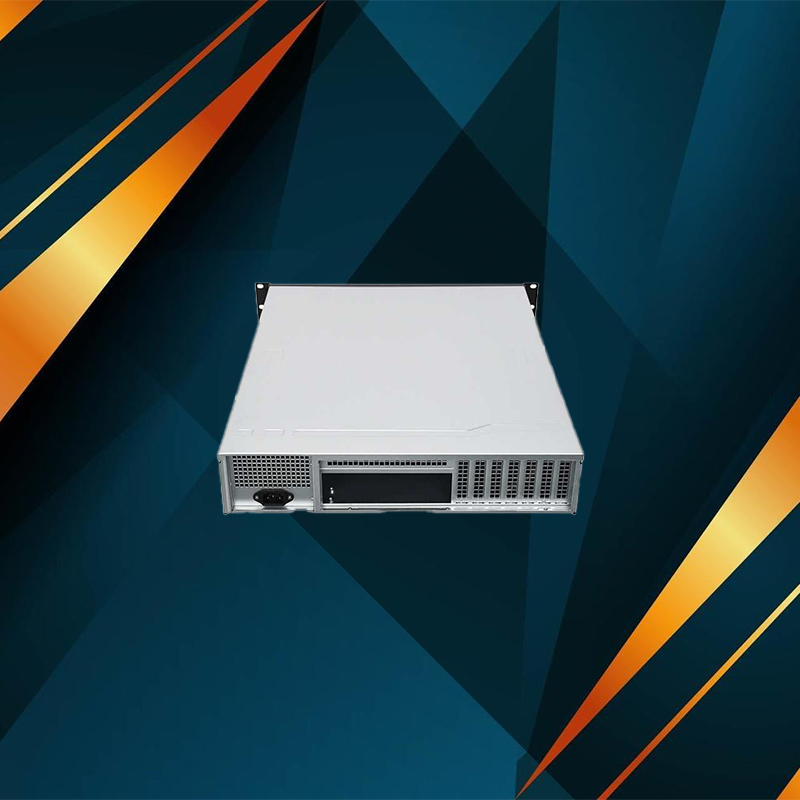
3U Rackmount Case
The 3U Rackmount Case gives you thermal headroom for HDD banks, AEP/NVMe carriers, and accelerators. MOQ trends medium because many parts are already “catalog.”
When to say yes to higher MOQ
- You need a custom carrier for mixed 2.5”/3.5” bays
- You’re standardizing for a roll-out across multiple racks, and brand presence matters
When to keep it lean
- Choose a stock midplane or backplane and only tweak the bezel and labeling
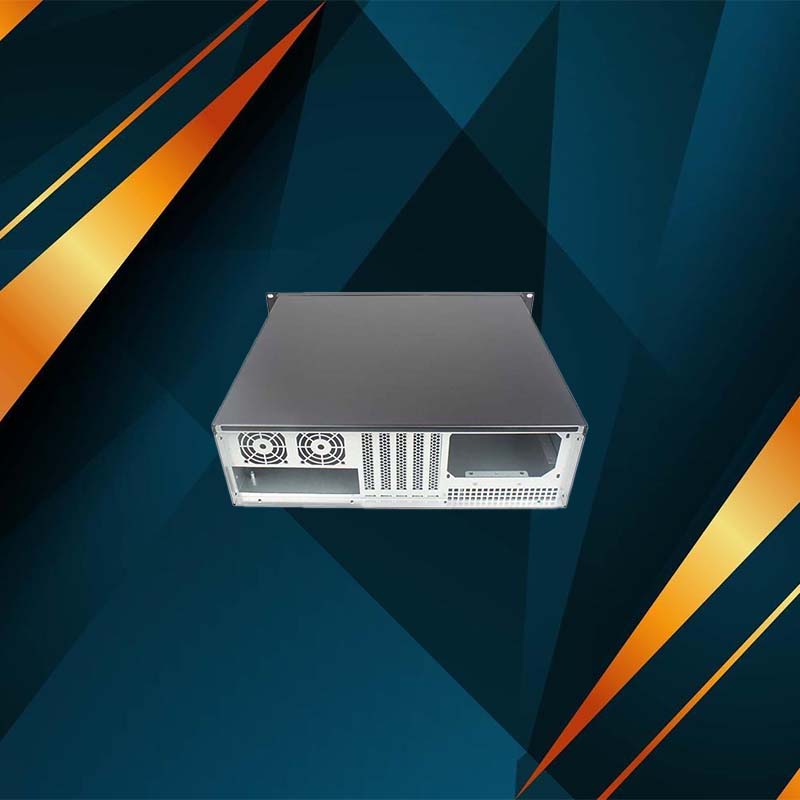
4U Rackmount Case
Going 4U Rackmount Case is about big iron—multi-GPU, tall coolers, heavier PSUs, special airflow baffles. MOQ can look “high” because sub-assemblies get custom fast.
Reality check
- If your workload is HPC/AI training, a fitted 4U often pays back via stability and serviceability
- If you’re just trying to fit a single atx server case board, don’t over-custom—start with a standard cage and scaled fan wall
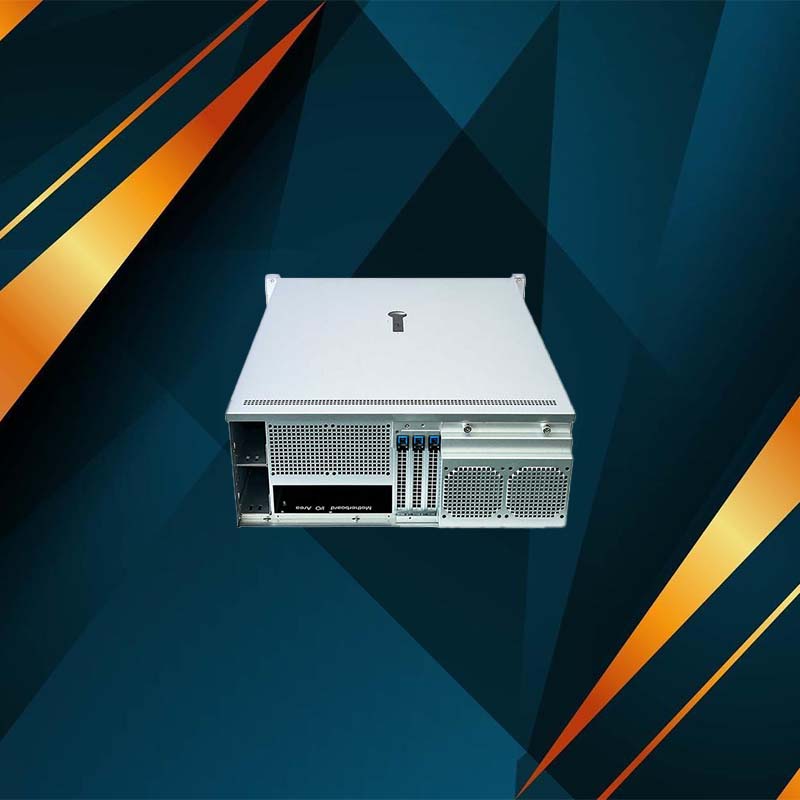
Customization Server Chassis Service
Customization Server Chassis Service is where you dial in branding and mechanicals without throwing out the whole platform.
OEM/ODM knobs to turn
- Front panel geometry, logo silks, powder textures
- I/O mapping (USB, ID button/LED, LAN LEDs)
- Cable routing, hot-swap caddies, quick-release bars
- EMI gasketing, ground tabs, and ESD touch-points
DFM/NPI checklist
- Lock board keep-outs early; GPU/NIC height, PCIe latch reach, riser selection
- Validate airflow with real fan curves, not just the spreadsheet spec
- Confirm PSU line (redundant vs. single), plug clearance, PDU angle
- Run one pilot lot for burn-in; measure temps at inlet/outlet and VRMs
- Don’t forget rail compatibility with your rack geometry (square vs. threaded cage)
Table: Typical MOQ Tiers vs. What You’re Actually Changing
| MOQ tier (typical) | What’s changing | Risk profile | Good tactic to reduce MOQ |
|---|---|---|---|
| Low (semi-custom) | Faceplate, color, silkscreen, handle style | Low: stock skeleton stays | Use Rackmount Case base, change only front cosmetics |
| Medium (light re-engineer) | Fan wall layout, filter frame, added caddies | Medium: airflow validation needed | Keep fan size standard; reuse rail kits & PSU cages |
| Higher (structural) | Depth, standoffs, drive cage system, unique ducts | Higher: tooling/fixtures & new QA steps | Stage orders; lock high-reuse modules; pilot before full PO |
| Highest (special platform) | Full custom for dense GPU/storage | Highest: new sub-assemblies | Commit only if TCO favors standardization across skus |
Note: tiers are directional, not hard numbers; don’t chase a magic figure. Better to match real demand than gamble. It’s fine, really.
Table: Mapping Needs → IStoneCase Options
| Need | Practical pick | Why it helps MOQ | Link |
|---|---|---|---|
| Edge firewall, low noise | 1U Rackmount Case | Stock airflow path, cosmetic-only custom | 1U |
| Mixed compute + storage | 2U Rackmount Case | Space for standard trays; easy branding | 2U |
| HDD-heavy backup | 3U Rackmount Case | Many caddy options already catalog | 3U |
| Multi-GPU / HPC | 4U Rackmount Case | Proven ducting, service room | 4U |
| Brand face, custom I/O | Customization Server Chassis Service | Semi-custom path avoids full retool | OEM/ODM |
How to talk MOQ like a pro (jargon, but helpful)
- “Let’s keep DFM simple; we’ll do semi-custom—front panel + paint only in the pilot.”
- “Rails, fan trays, PEM hardware stay in the standard kit; we don’t touch those.”
- “We’ll set an EAU target and place staged POs, so the line stays hot without over-stock.”
- “Airflow first: same fan diameter, no exotic filters, validated pressure curve.”
- “Labeling: silk + ID LED only, no bespoke light pipes in phase one.”
It ain’t about fancy words; it’s about making the factory say “easy job.”
Where IStoneCase fits (and why it matters)
IStoneCase — The World’s Leading GPU/Server Case and Storage Chassis OEM/ODM Solution Manufacturer.
We build GPU server cases, server pc case platforms, and storage chassis that slot into your racks with less drama. If you need a computer case server quick, start with a stock Rackmount Case and layer branding on top. If you’re standardizing across multiple facilities, use our Customization Server Chassis Service to lock consistent faceplates, colorways, and labels across 1U/2U/3U/4U. Your ops team will thank you when rails and cable bars match in every rack.
And yes, we cover atx server case layouts, server rack pc case builds, and custom storage caddies. You don’t need a giant MOQ to look pro; you need a chassis partner that knows when to say “change this, not that.”
Real-world scenes (because life isn’t a spec sheet)
- AI edge box (1U): You want silent-ish, short depth, two NICs, quick branding. Keep skeleton stock, add logo and I/O label silk. Pilot goes out fast, MOQ stays low.
- Hybrid node (2U): Light GPU plus six bays for warm data. Use standard fan wall and tray system, change only the bezel. Your NOC won’t scream at the acoustics.
- Backup target (3U): Lots of spindles, strong cable management. Stick to standard caddies; add a front dust filter option. MOQ stays medium, reliability up.
- Training rig (4U): Multi-GPU, big heats, big power. Here, higher MOQ is logical; serviceability and thermals are king. Do it once, do it right.
Final checklist (use this before you issue the PO)
- Pick base: 1U/2U/3U/4U (don’t force 1U for a 2U problem).
- Freeze board keep-outs and PCIe riser choices.
- Keep fan size standard; confirm pressure vs. filter plan.
- Cosmetic first: color + silk, then minor I/O tweaks.
- Stage the buy: pilot → ramp → scale, not all at once.
- Confirm rail kit fit for your rack style (square hole vs. threaded).
- Ask for semi-custom quote alongside full custom. Sometimes the small change is the big win.
Useful internal links (sprinkle them where needed)
- Rackmount Case
- 1U Rackmount Case
- 2U Rackmount Case
- 3U Rackmount Case
- 4U Rackmount Case
- Customization Server Chassis Service
Short version? Start stock, customize smart, and only pay “High MOQ” when the math (and your roadmap) truly wants it. If a spec feels fuzzy, say so. Better a tiny delay than a pallet of chassis you can’t use.

